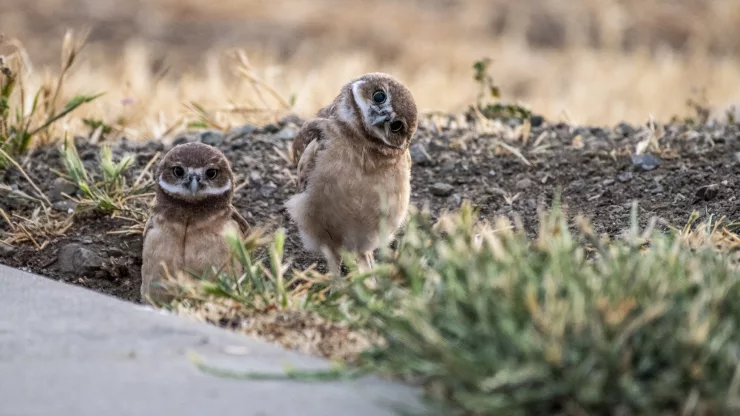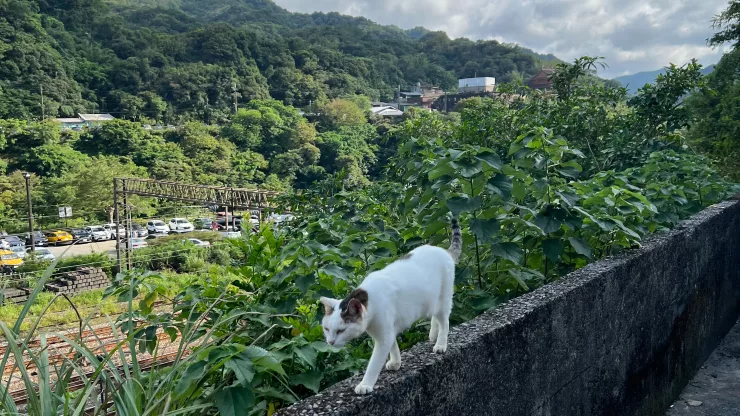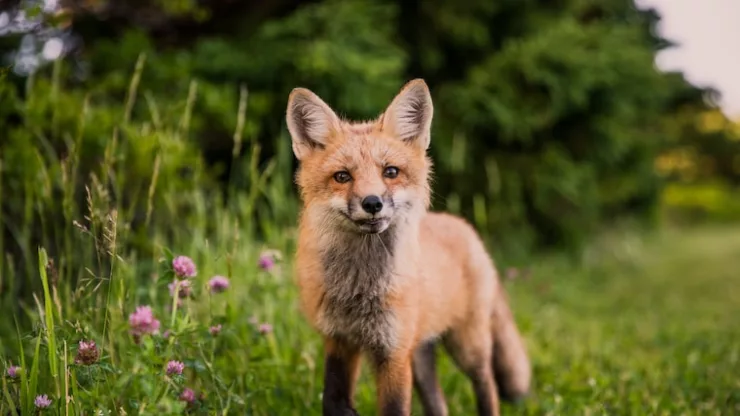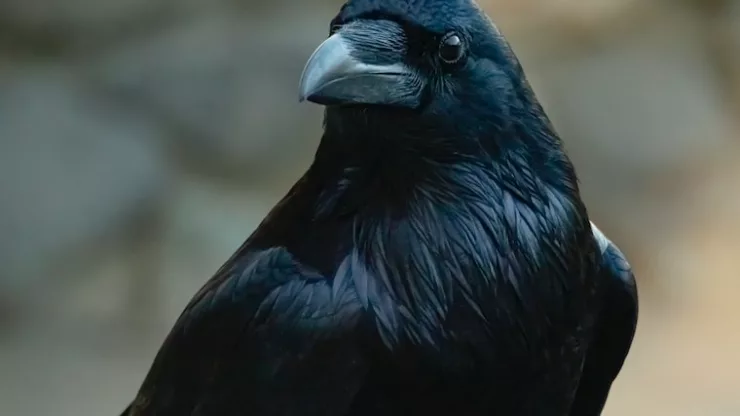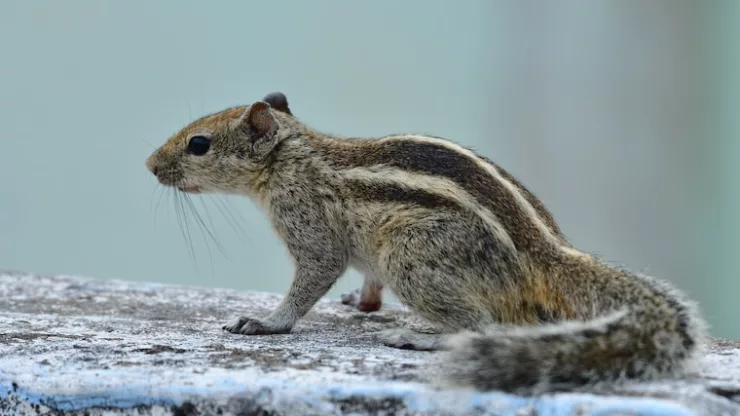As our cities continue to expand and encroach on natural habitats, it’s easy to assume that wildlife will suffer.
But the reality is that many animals have adapted to living in urban environments and are thriving alongside us.
From squirrels and pigeons to coyotes and peregrine falcons, urban animals are diverse and fascinating.
Coexisting with them can benefit us and the environment, but it also requires a shift in mindset.
In this article, we’ll explore the ways in which wildlife is thriving in our cities and provide a guide to embracing their diversity.
Jump to Section
Thriving Wildlife in Our Cities
Despite the many challenges urbanization poses to wildlife, some species have found ways to not only survive but thrive in our cities.
In some cases, they even prefer urban environments to rural ones.
For example, researchers have found that many bird species, such as house sparrows and pigeons, are more abundant in cities than in natural habitats.
Similarly, urban coyotes have higher survival rates and produce more offspring than their rural counterparts.
One reason for this success is that cities can provide a stable source of food and shelter for wildlife.
Green spaces like parks and gardens offer habitat and food sources, while buildings and other structures provide nesting and roosting sites.
Additionally, the absence of natural predators and reduced hunting pressure can make urban environments safer for wildlife.
However, there are also downsides to living in cities.
Urban animals face a host of challenges, such as vehicle collisions, pollution, and human disturbance.
Invasive species can also disrupt ecosystems and displace native wildlife. Despite these challenges, many species have found ways to adapt and thrive in urban environments.
Coexisting with Urban Animals
Living alongside wildlife in cities can be both rewarding and challenging.
On the one hand, watching animals go about their daily lives can be a source of joy and wonder.
On the other hand, conflicts can arise when animals damage property, pose a threat to human safety, or compete with us for resources.
To successfully coexist with urban animals, it’s important to have a respect and appreciation for them.
We should recognize that they are not pests or nuisances, but rather integral parts of the ecosystems in which we live.
By taking steps to minimize our impact on wildlife and creating a more welcoming environment for them, we can foster a sense of community with the animals around us.
Here are some tips for coexisting with urban animals:
- Reduce your ecological footprint: By reducing your consumption of resources and waste production, you can minimize the impact of humans on wildlife habitat. Use public transportation or bike instead of driving, compost your food waste, and use reusable bags and containers.
- Provide habitat: Plant native plants in your garden or balcony, install birdhouses or bat boxes, and leave areas of your yard wild to create habitat for wildlife. Consider using natural pest control methods instead of chemical pesticides.
- Avoid feeding wildlife: Feeding wildlife can cause animals to become dependent on humans for food, which can lead to health problems and alter their natural behavior. Instead, provide habitat and let animals find their own food.
- Be aware of conflicts: If you encounter an animal that is causing damage or posing a threat to human safety, seek advice from wildlife experts or animal control officers. They can help you determine the best course of action that minimizes harm to both humans and animals.
A Guide to Embracing the Diversity of Wildlife in Our Urban Environments
To help you better understand the diversity of wildlife in our cities, we’ve created a table below that lists some common urban animals, their habitats, and their diets.
Common Urban Animals
| Animal | Habitat | Diet |
|---|---|---|
| Squirrels | Trees, parks, gardens | Nuts, seeds, fruit |
| Pigeons | Buildings, parks | Seeds, grains, insects |
| Coyotes | Parks, green spaces, alleys | Small mammals, fruit |
| Raccoons | Urban and suburban areas | Fruits, nuts, insects, small mammals |
| Peregrine Falcons | Skyscrapers, bridges | Birds, bats, insects |
By embracing the diversity of wildlife in our cities and taking steps to coexist with them, we can create a more harmonious relationship between humans and animals.
By doing so, we’ll not only benefit from the joy of observing and interacting with urban animals but also help ensure their continued survival and well-being.
As cities continue to grow and expand, it’s important to recognize that we are not alone in these spaces.
Urban animals are thriving alongside us, and if we can embrace their diversity and coexist with them, we can create a more sustainable and fulfilling future.
By taking steps to minimize our impact on wildlife and providing habitat and resources for them, we can build a sense of community and a more vibrant urban environment.
I’m a nature enthusiast and creator of Metro Wilds and have spent years exploring the great outdoors.
With a passion for environmental conservation and sustainability, I have dedicated my career to writing about the beauty and wonders of nature, as well as the threats facing our planet.
Contact me at [email protected] for assistance.

